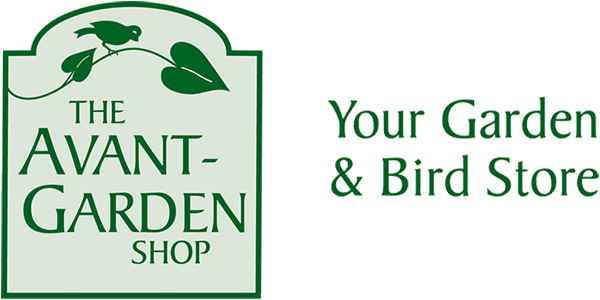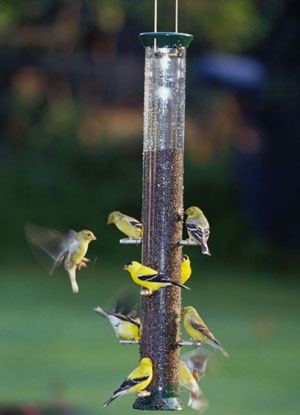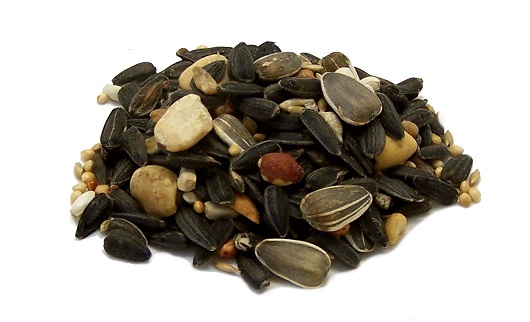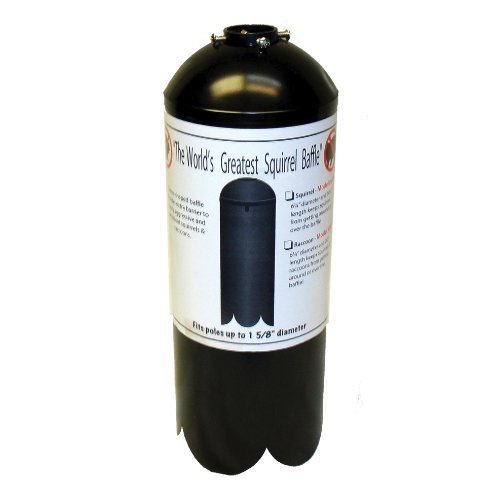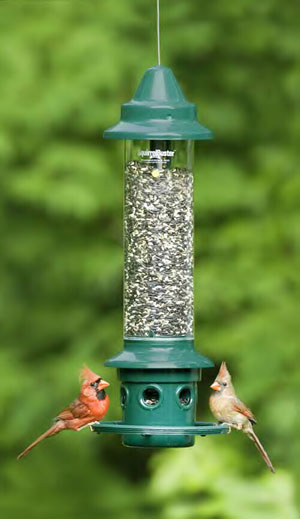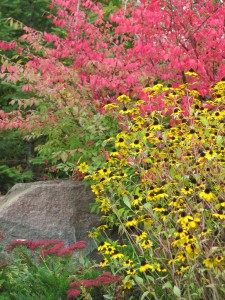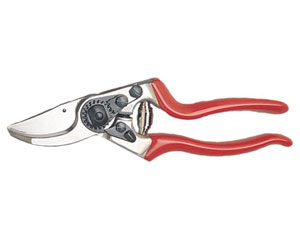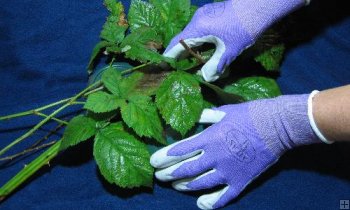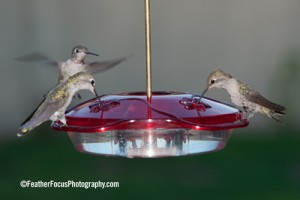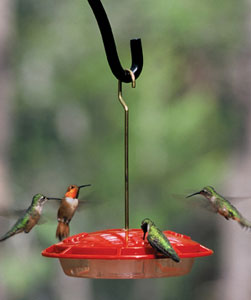
Choosing a Hummingbird Feeder:? There are many varieties of hummingbird feeders available today. Most feeders are made of plastic or glass. If your birds seem to prefer one style feeder over another, it’s probably a simple matter of familiarity. If you change feeders, they may not feed immediately from the new one, but they will adapt; it may help to hang the old feeder, empty, next to the new one.
Any feeder can attract hummers, so perhaps the most important design feature to look for is ease of disassembling and cleaning. The basin-style feeders are much better than the inverted-bottle types. I recommend the Aspects HummZinger or the Droll Yankees Little Flyer for their durability as well as their ease of maintenance. Hummingbirds will come to any feeder that holds fresh syrup, so you might as well buy one that’s easy for you to keep up.
Location, Location, Location: Where to hang your feeder? A new one may be found sooner if hung over or near a garden of hummingbird plants. Hang a red scarf or flag until the hummer finds your feeder. You can hang them near windows, where you can watch and enjoy them.
Filling the Feeder: The sugar water we use to fill hummingbird feeders is only a supplement to the birds’ natural diet. Use only white sugar in hummingbird feeders at a ratio of 1 part sugar to 4 parts water. Premade mixes can also be purchased.? Many mixes often contain extra vitamins and make them more appealing and more nutritious for the hummers.? Heat until the sugar is dissolved. Allow to cool and fill your feeder. Store the excess syrup in the fridge for up to two weeks.
Please, do not put honey, Jell-O, brown sugar, fruit, or red food coloring in your feeder! Honey ferments rapidly when diluted with water and can kill hummingbirds. The effects of red dye have not been not scientifically tested, and it is not necessary to color the water to attract birds to your feeder.
Cleaning:Clean your feeder in hot water each time you refill and more thoroughly at least once a month.
Ants:Ensure your feeder has an ant moat to prevent problems with ants. Hummers will not drink from a feeder filled with dead ants.
Bees, Wasps, and Yellowjackets:These insects are attracted to the colour yellow. Look for feeders without yellow flowers. If they are a serious problem try moving your feeder or reducing the sugar ratio.
At The Avant-Garden Shop we have a wide variety of basin/saucer style feeders, with ant moats, nectar guards and BPA free plastic that won?t yellow or crack. They are leak proof and guaranteed for life! Drop by soon for a look and hopefully you?ll be able to enjoy these little gems!
 Theresa Kazuba from CHEX TV visited The Avant-Garden Shop in late 2012 to learn more about backyard bird feeding and bird watching.? Special guest Drew Monkman also joined us for a segment of the program.
Theresa Kazuba from CHEX TV visited The Avant-Garden Shop in late 2012 to learn more about backyard bird feeding and bird watching.? Special guest Drew Monkman also joined us for a segment of the program.